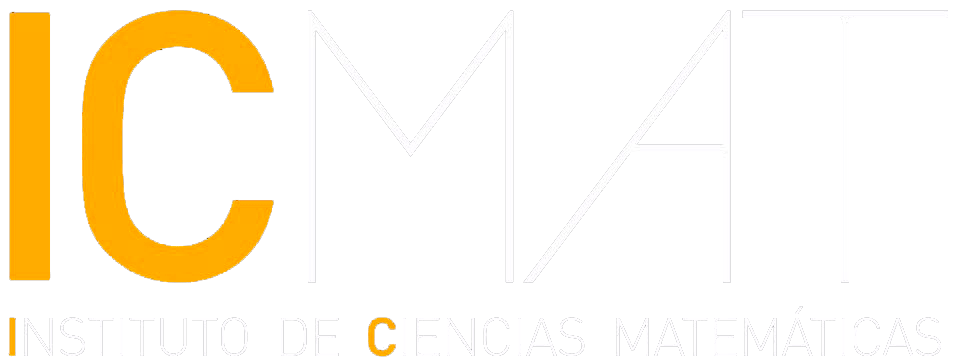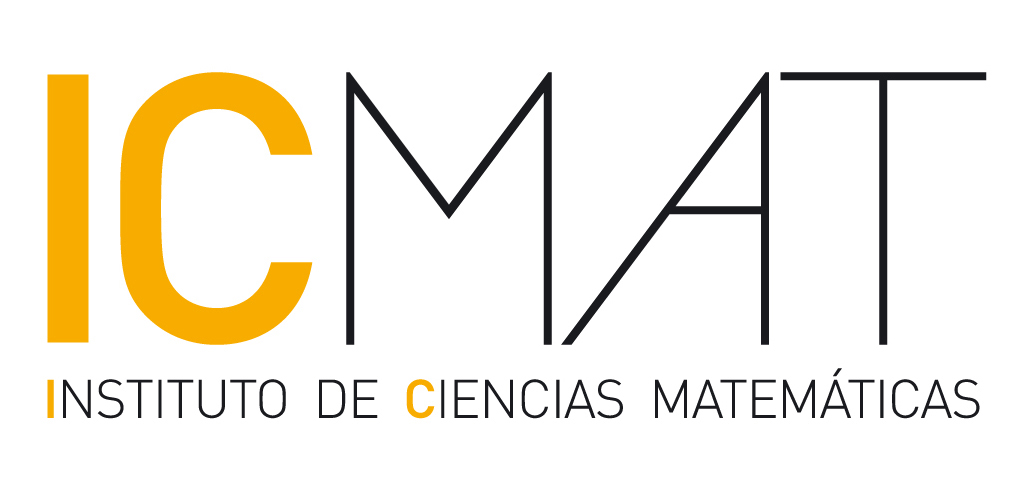Program
The program will consist of three introductory mini-courses, given by the organizers, followed by a selection of more specialized mini-courses and research talks given by some of the world's leading experts in the philosophy of the h-principle.
Introductory mini-courses
- Daniel Álvarez Gavela (MIT) - Title: The holonomic approximation lemma
Abstract: The first lecture will cover the statement of the holonomic approximation lemma and applications to Smale-Hirsch immersion theory. The second lecture will cover a proof of the holonomic approximation lemma. - Alvaro del Pino (Universiteit Utrecht) - Title: Preliminaries in the philosophy of the h-principle
Abstract: The first lecture will cover jet spaces, holonomic sections, the Cartan distribution?. Partial differential relations, solutions, formal solutions, the h-principle. Legendrians/submanifolds tangent to the Cartan. (Solutions as a sheaf and formal solutions as a homotopy sheaf?). The second lecture will cover Thom transversality. Diff-invariant relations and open manifolds. Examples: functions without critical points, immersions in high codimension. - Mélanie Theillière (Université de Luxembourg) - Title: Convex integration
Abstract: The first lecture will start by an example: the corrugations used by Thurston to evert a sphere. Then we’ll see the general formula of corrugation in the case of curves. In the second lecture we’ll see the general formula of deformation, the conditions to use it, and how to apply it to deform a formal solution into a holonomic solution. Usually Convex Integration allows to solve open differential relations. In the third lecture, we will focus on the case of isometric maps, which is an example of use of Convex Integration for a close relation.
Advanced mini-courses and research talks
- Mélanie Bertelson (Université Libre de Bruxelles) - Title: Discretizing symplectic topology?
Abstract: This does not really belong to h-principles but I was asked by the organizers to explain some recent and less recent developments in the field of piecewise linear symplectic topology. I plan to explain what are the main questions and their interaction (Darboux or not Darboux? Triangulations for symplectic manifolds, PL approximations of smooth symplectic manifolds and Lagrangian tori), and describe some of the results obtained by Julie Distexhe and myself and also by Yann Rollin and his collaborators. - Kai Cieliebak (Universität Augsburg) - Title: Wrinkling and generalized Morse functions
Abstract: On a closed manifold, the h-principle usually fails even for open Diff-invariant differential relations. For example, there is no h-principle for submersions of a closed manifold. In the late 1990s, Eliashberg and Mishachev observed that in such situations the h-principle can be salvaged at the expense of introducing some mild types of singularities, wrinkles or folds. This technique has since then found numerous applications, from loose Legendrian embeddings and flexible Weinstein manifolds to a geometric version of the Madsen-Weiss theorem.
The goal of these lectures is to explain the proof of the h-principles for wrinkled submersions and embeddings. Their usage will be illustrated by proving Igusa's theorem which asserts that, if topology allows, an arbitrary family of functions can be deformed to one having only Morse and birth-death singularities. - Yakov Eliashberg (Stanford University) - Title: Flexible and Rigid facets of Mathematics
Abstract: In any mathematical subject there are usually two sides: flexible and rigid
The latter one searches for the new “laws of (mathematical) nature”, which provides limits and constraints for possible constructions, while the former one searches for constructions testing the limits of what is possible. In the talk I’ll discuss some examples and explain some general principles, which sometimes allow one to guess whether a considered problem is flexible or rigid. - Alexander Kupers (University of Toronto) - Title: Delooping and h-principles
Abstract: Delooping is a homotopy-theoretic technique that allows one to upgrade h-principles from open manifolds to closed manifolds, as long as a certain monoid is a group, inspired by the determination of the homotopy of the classifying space of cobordism category by Galatius-Madsen-Tillmann-Weiss. We will do so in the illustrative case of functions with at most moderate singularities on a closed disc. In this first lecture I will explain the strategy and complete the first part of proof. In the second lecture I will continue the explanation of the illustrative case of functions with at most moderate singularities on a closed disc. If time permits, I will indicate how to extend it to general closed manifolds and how to extend it to yield more general h-principles “in-the-limit”. - Oleg Lazarev (UMass Boston) - Title: Simplifying (and complicating) Weinstein presentations
Abstract: In the first talk I will give an overview of Weinstein domains, which are symplectic manifolds that are built by iteratively attaching handles to isotropic and Legendrian spheres. These include many natural symplectic manifolds like cotangent bundles. I will state h-principle results for isotropic and certain loose Legendrian spheres and explain how they lead to h-principle results for certain classes of Weinstein domains. In the second talk, I will explain how to modify Weinstein presentations via handle moves. In combination with the h-principles from the first talk, this will enable us to simplify any Weinstein presentation to one with few handles. I will also discuss how to find complicated subdomains inside certain standard Weinstein domains, like cotangent bundles. - Gaël Meigniez (Aix-Marseille) - Title: The h-principle in the homotopy theory of foliations
Abstract: The first lecture will be an introductory, pedagogical section in which I explain the principle of the homotopic theory of laminations, and the (major) role of the h-principle (holonomic approximation and wrinkles) in (modern) proofs of fundamental theorems. The second lecture will be an original research talk (in progress) in which I give the homotopy type of the space of foliations whose leaves are of dimension 2, on any closed manifold of dimension at least 4. - Eva Miranda (Universitat Politècnica de Catalunya) - Title: The h-principle and Reeb/Beltrami embeddings
Abstract: Can any vector field be embedded as a Reeb vector field of a higher-dimensional contact manifold? We will use the h-principle to answer this question. This, together with a generalization of the Etnyre-Ghrist correspondence between Reeb and Beltrami vector fields, allows us to prove as a corollary that stationary Euler flows are universal. Reference: Robert Cardona, Eva Miranda, Daniel Peralta-Salas, Francisco Presas, Universality of Euler flows and flexibility of Reeb embeddings, Advances in Mathematics, Volume 428, 2023, 109142, ISSN 0001-8708




